Intermediates
Gallantry and accessories
Blog Piekiełka
Tajik folk costume
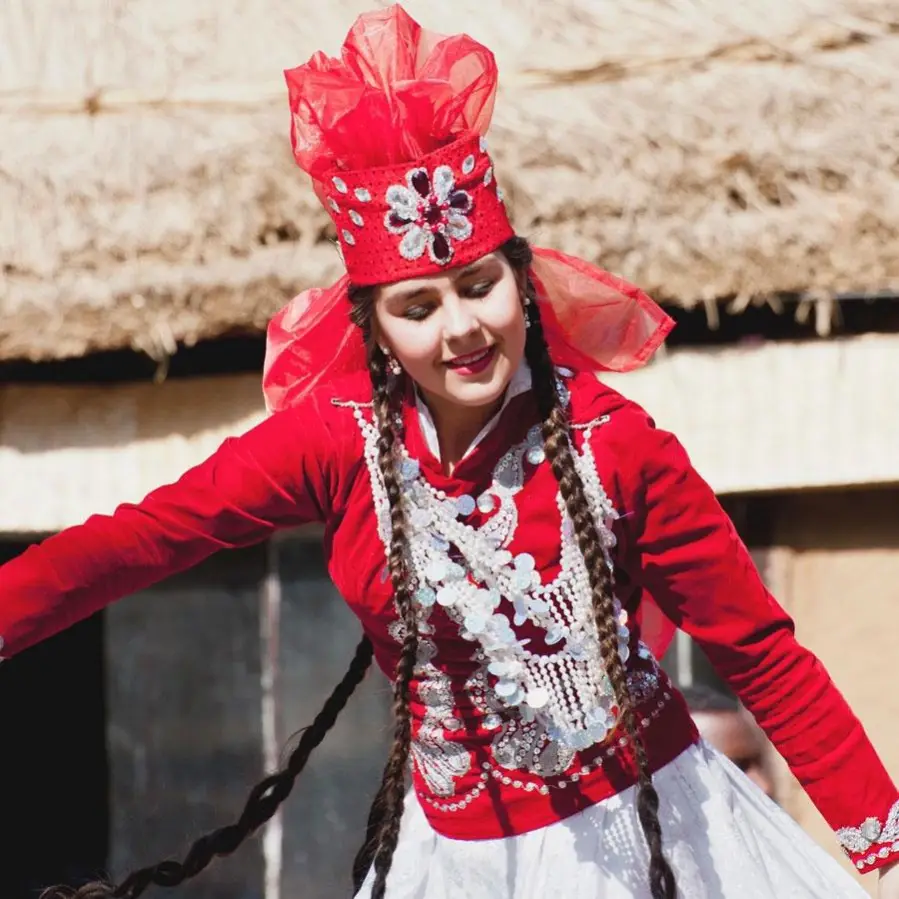
Tajikistan is located in the southeastern part of Central Asia, where there are both vast plains and high mountains. The region's climate has a number of peculiar characteristics. First and foremost is the abundance of light and warmth that results from the high position of the midday sun above the horizon and low cloud cover. While the lowlands are very dry, in the foothills and mountains the amount of precipitation increases accordingly. Winter usually turns into a short and wet spring. The warmest month is July, and August in the mountains. In the plains, precipitation is almost non-existent.
The harsh high mountain climate has forced the use of special materials - wool, fur and others - during the autumn and winter. Long summer days and high temperatures prompted the creation of various forms of clothing. Its cut is such that it is light and air permeable, and that it does not restrict movement. The light, bright cotton fabrics used to sew the garment reflect the direct rays of the sun, creating a more welcoming environment.
The formation of Tajik national dress was influenced not only by climatic conditions, but also by the course of historical development. All elements of clothing were created and perpetuated over the centuries. Endless invasions and conquests in the region, as well as ties with other nations, promoted the appearance of new cuts and elements in the national costume. Each historical period left some trace in the appearance of the garment.
Tajik folk costume is a kind of reflection of the image of the life of the local people and their daily activities. Each region of the country has its own costume, which, although similar in cut, differs from others in color, embroidery, and decoration.
Men's and women's Tajik folk costumes have a similar cut - they are loose, in the form of tunics, concealing the figure well. Most Tajiks follow Islam, which does not allow clothes to be too tight to the body. At the same time, the outfit expresses the level of prosperity. The more luxurious it is, the more expensive details and ornaments in it, the richer its owner.
Tajiks live in warm climates, hence their fondness for cotton and silk fabrics. Traditional Tajik fabrics include: alocha - a striped fabric of various colors made of cotton and silk; bekasam - a semi-silk fabric, either striped or patterned; parcha - a silk fabric with gold and silver threads.
Tajik men's clothing
The traditional attire of a Tajik man consists of a cotton rubacha (kurta), sharavar, khalat and a wide striped belt. The rubacha is sewn from a single piece of cloth. It is wide and restrains movement. Men wear it let loose and gird it with a special shawl, folded diagonally. This headscarf serves several functions: it is both a belt that supports the sharavar and a kind of pocket.
You can tell a man's wealth by his belt. Thus, young, non-rich Tajiks wear belts twisted from square scarves with embroidery on the edges (mionband) and wealthy, older men can afford wide, velvet belts embroidered with gold thread (kamarband).
Sharavars (ezor and ishtone) are also sewn as fairly loose, but tapered at the bottom. Over the rubacha, Tajiks put on a chalat (chapsan) of loose, casual cut, usually striped. Tajik highlanders prefer chalats made of undyed wool, with embroidered designs. In the winter version, the chalat can be padded. The main advantage of the classic chalat is that it keeps you warm in winter and cool in summer. Since ancient times, men have been given a chador as a gift on important occasions, such as weddings or birthdays. At a wedding, the bride's brother will not allow his sister to enter her husband's house until the fiancé's relatives give him a chapan.
Tajik female attire
The daily attire of Tajik women consists of a long dress-rubacha (kurta), long double-layered pants - sharavars of loose cut, a cap (kuluta), a head scarf and leather shoes (kash). For a long time, challahs were not part of women's closet; in cold weather, women put on an extra rubacha.
Rubachas with widening sleeves are decorated with embroidery and have different names depending on the type of collar. In ancient times, inserts (wedges) of a different color were sewn into women's rubachas, which had magical significance and ensured a woman's fertility. The form of the collar cutout depended on whether or not the Tajik woman was married: young girls wore dresses with a horizontal neckline and strings to tie at the ends of the cutout. Once married, women began wearing dresses with a vertical slit, decorated with an embroidered ribbon. As undergarments, women wore white dresses with a standing collar. In doing so, the upper dress had such a slit to show the embroidery on the collar, but nothing else.
The women's outer garment, a quilted challah (coma), had the same tunic-like cut as the men's, or a munisak, differing slightly in cut: no sewn collar and a mortarboard under the sleeves.
Tajik-mountain women often wore richly ornamented jurabcz socks. When leaving home, the daily outfit was supplemented with a bedspread - a parandja. The paranja was worn primarily in cities where there were many strangers. It symbolized purity, modesty and fidelity.
Tajik headgear
According to the old customs of Central Asian nations, both men and women were not allowed to walk around with their heads uncovered. Therefore, headgear has always been an indispensable part of Tajik attire.
Men's headgear - is the popular round hat tubetejka. Tubetejki in different regions were distinguished by their ornaments and choice of colors. Initially the caps were round with a high top, to transform over time into quadrangular with a flat bottom. The ornaments of the old tubettees were rather modest - four, sometimes only two-colored rosettes and a single-colored braided band around the perimeter. Over time, the entire background began to be filled with different-colored embroidery, and the perimeter was trimmed with velvet or embroidered ribbon.
In the cold winter months, Tajiks also wore fur knob caps as headgear. A soft unlined cap, the araktan (literally: "sweat collector"), was often worn underneath the expensive tubetejka and fur caps. In the old way, a popular headgear is the chalma (turban), which is worn on top of a tubetejka or kuloch cap.
Among cloth caps, the simplest form was the so-called arakchin. A more complex shape was the tubetejka. The men's headgear kuloch was distinguished by its special cut. It was a cap sewn together from four isosceles triangles. The construction of fur caps differed little from the cut of the aforementioned headgear.
Women traditionally cover their heads with a headdress consisting of three elements: a chalma, a cap, and a łaczaka, a type of headscarf. Of interest are the head scarves of the northern regions made of white cloth; one corner and the adjacent sides are embroidered with a multi-colored pattern. Popular among Tajik women are wide shawls made of white muslin with embroidery on the ends and decorated scarves.
Footwear
Leather kavsh and soft machsi shoes were widespread among Tajiks. The latter were usually worn by men and women in cities. In the countryside, the choice of footwear types was greater. In particular, both men and women, in addition to light footwear, wore boots on high soles or wooden bashmakas on three feet. There were also soft shoes made of lamb or sheepskin sewn with sheepskin to the inside. They were worn in mountainous regions in winter especially by the elderly, and were usually combined with three-legged clogs, which were produced in almost all mountainous regions of the country. Tajik highlanders wore khomak in rainy weather - shoes sewn from raw, untreated cowhides, with the fur to the top.
Ornaments
Traditional Tajik jewelry - forged and drawn - made of silver, was characterized by a certain massiveness. At various times in history, men wore beads with pendants on par with women. Earlier, bands and earrings worn by men indicated membership in a certain ethnic group and social status. Nowadays, such ornaments are worn only by women.
This is what the traditional dress of Tajik women looks like in general. Nowadays, of course, it has inevitably changed, but nevertheless the traditional tubetejas, sharavaras and rubakhs in various colors in the old days are very popular, including among young people. Not only that, but the Tajik government actively supports the popularization of traditional dress through various competitions and shows, and TV presenters are required to appear on air in stylized Tajik garments.
Ethnic Jewelry
-
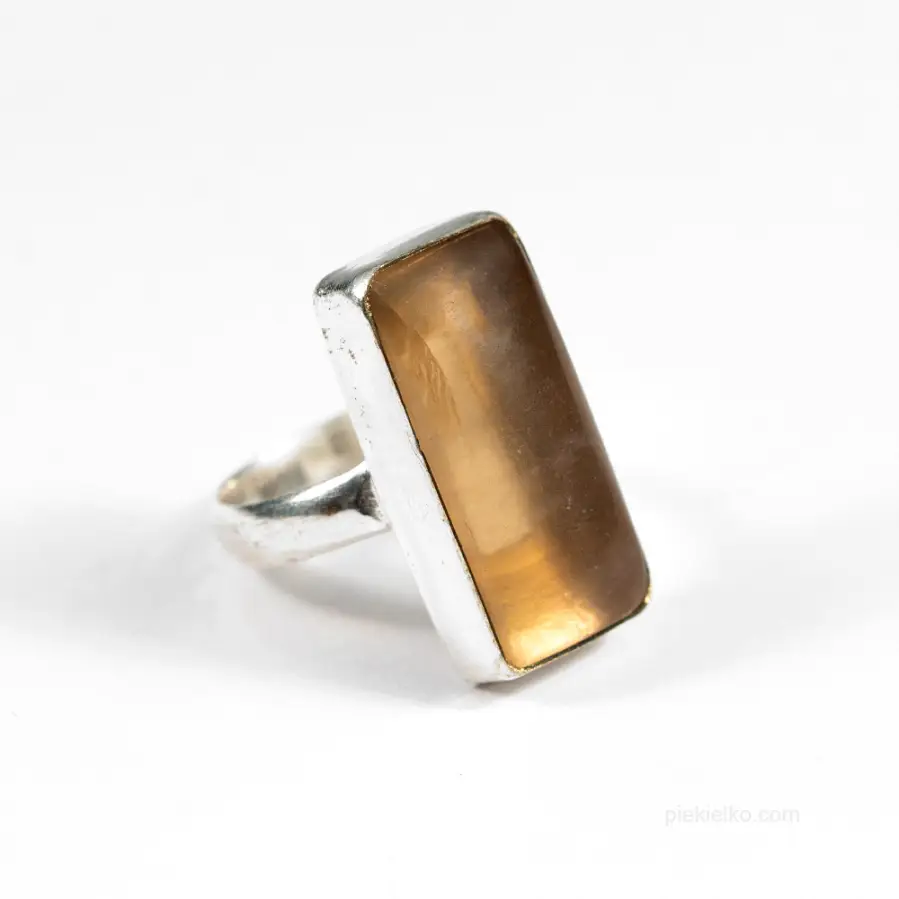
Ring with natural prehnite
168,00159,60 -
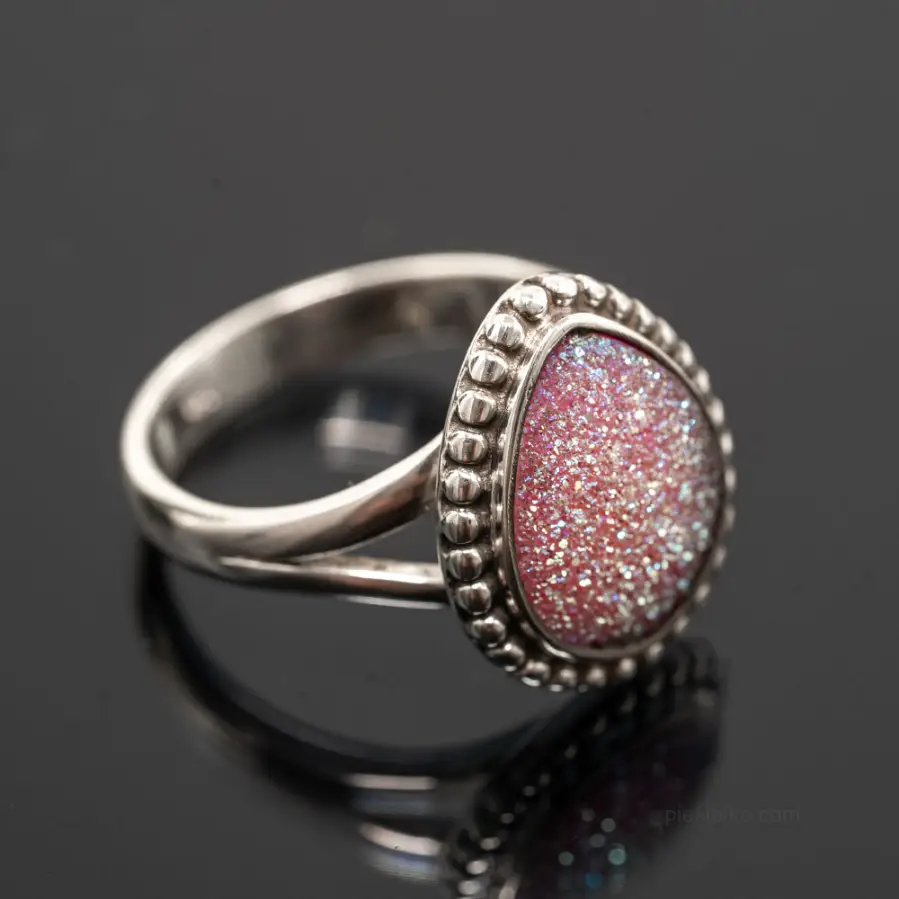
Space nebula - titanium drusen
280,00252,70 -
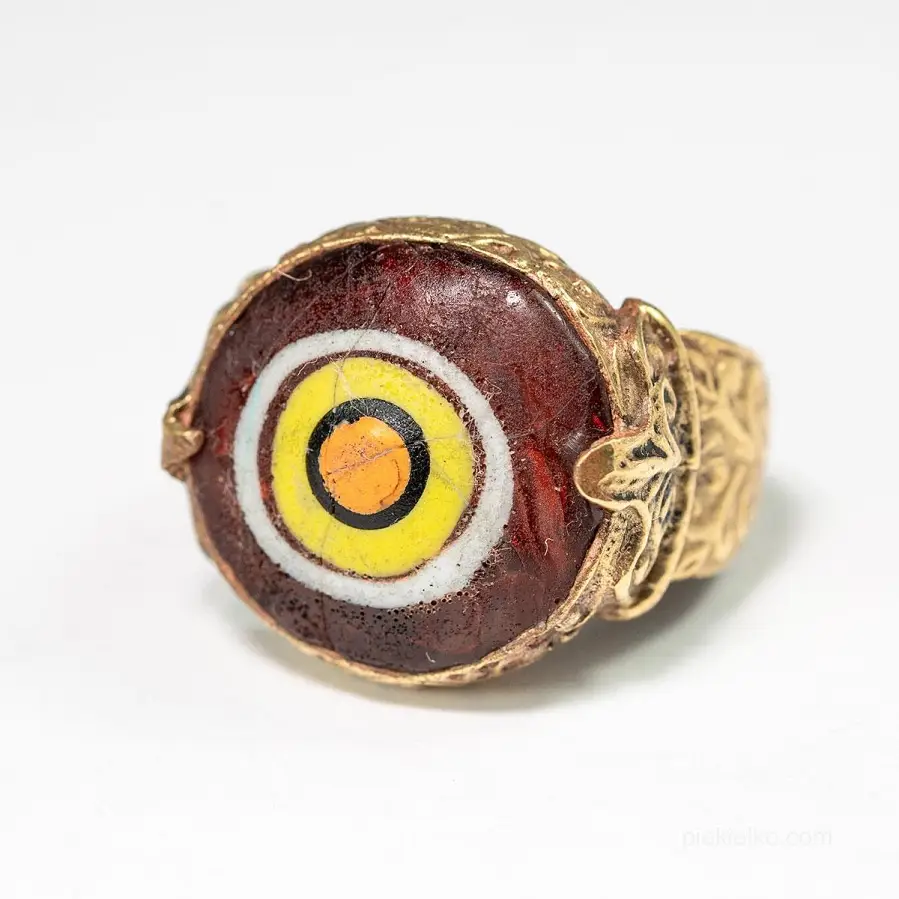
Gabri glass ring
98,0093,10 -

Adjustable ring with turquoise and copper vein
370,00333,93 -

Square ring
80,0076,00 -
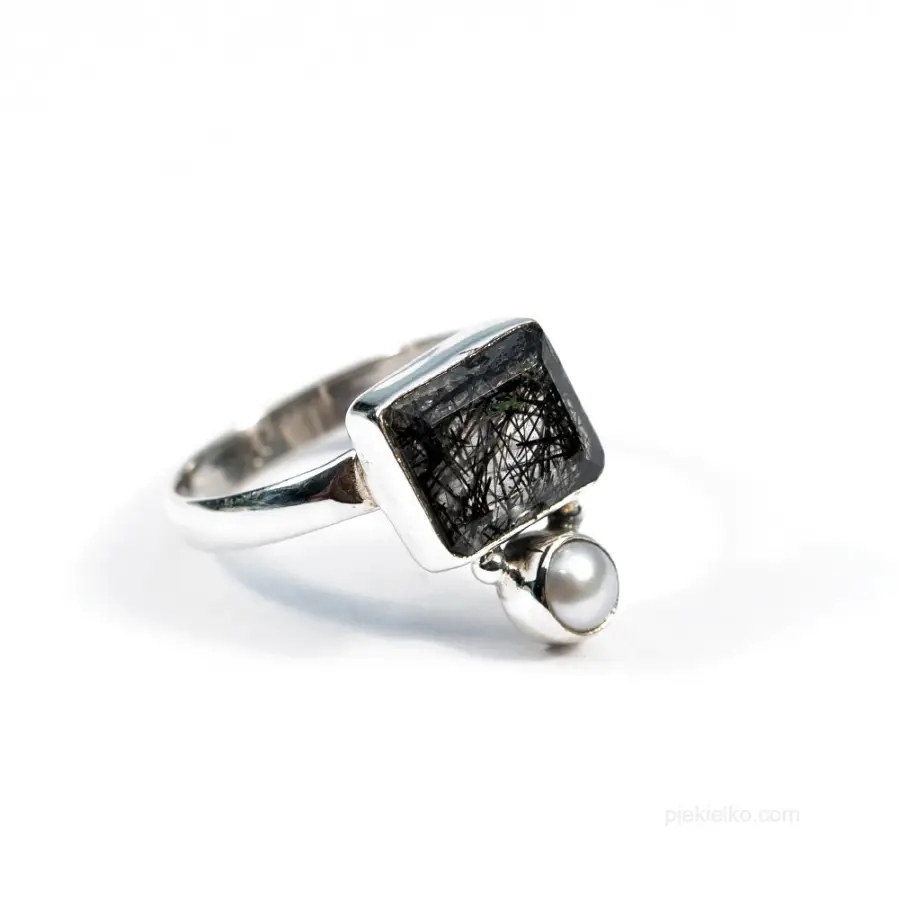
Black rutile with pearl silver ring
360,00324,90 -
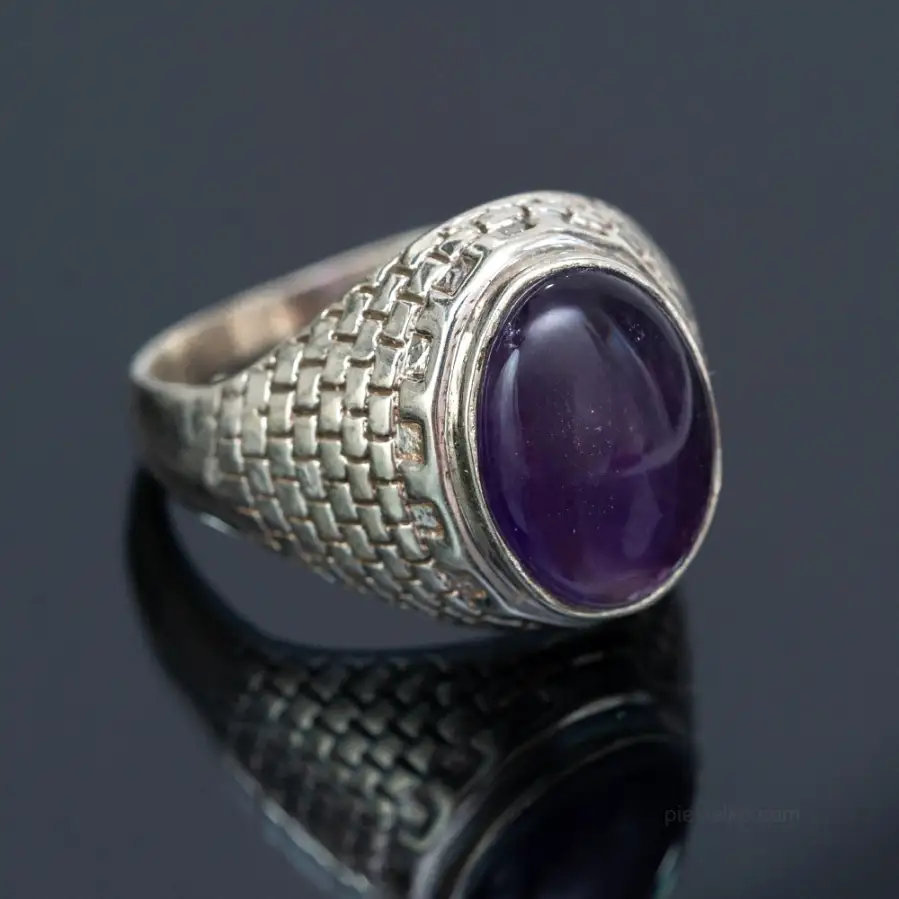
Silver signet ring with amethyst
350,00315,88 -
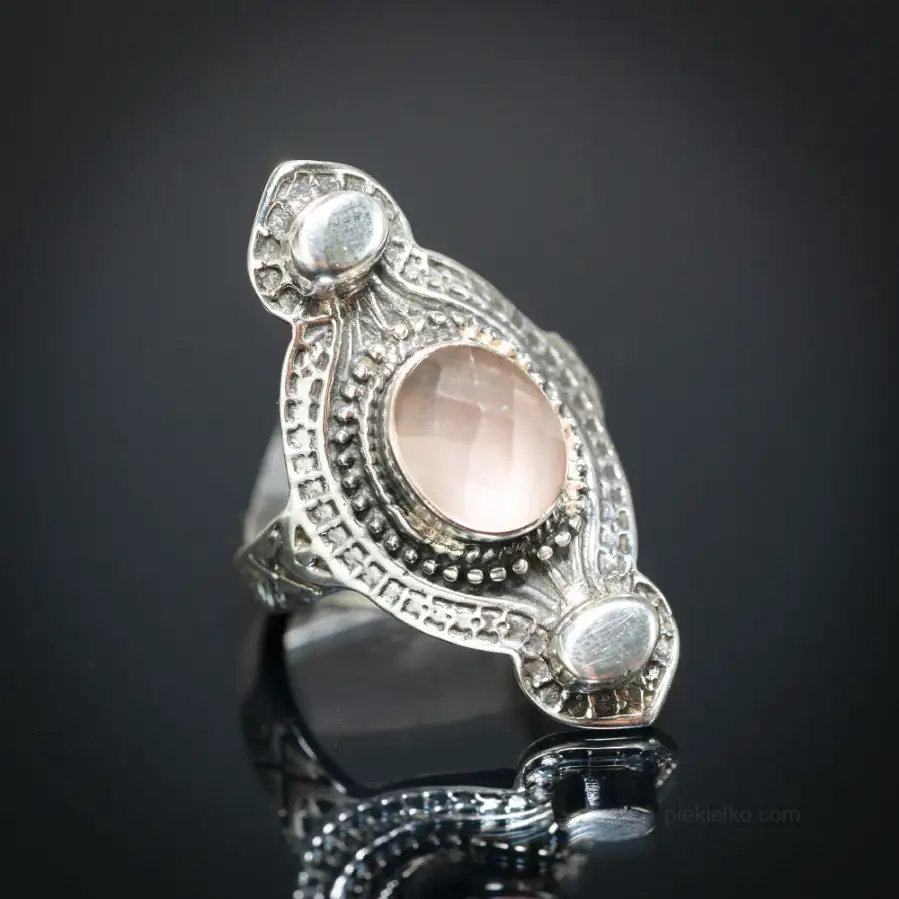
Pink Magnification – Rose Quartz Ring
380,00342,95 -

Pietersite - storm stone
350,00315,88 -
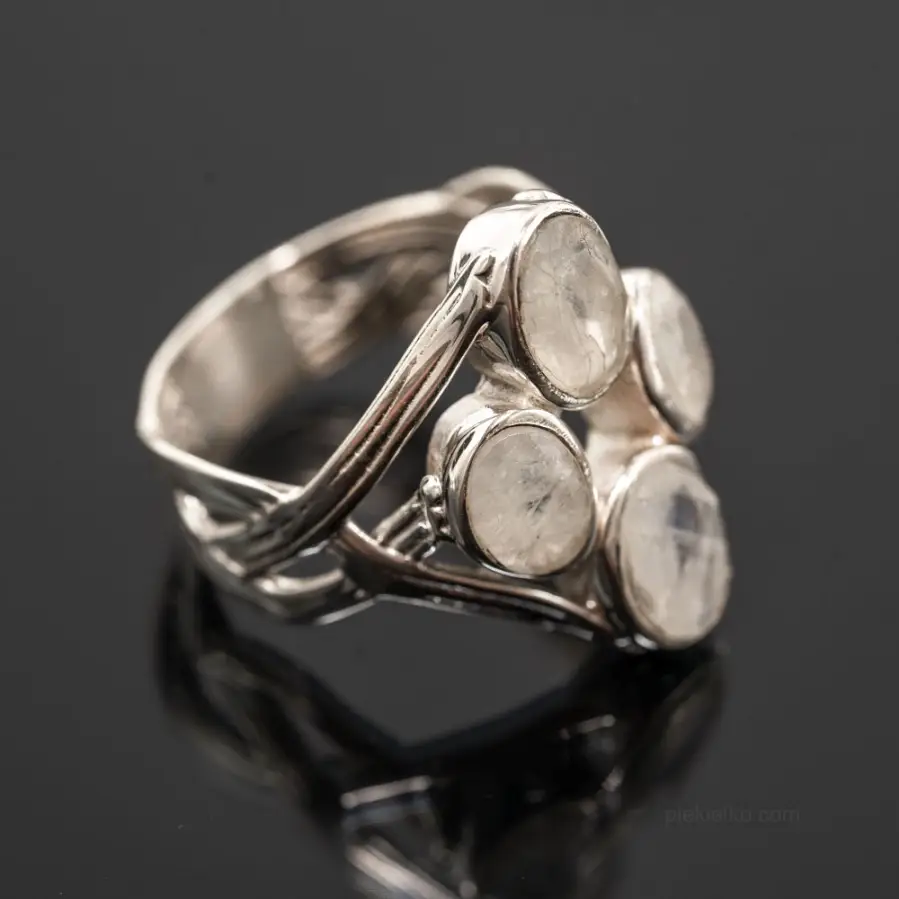
The Gentle Glow of the Lunar Mystery
370,00333,93 -
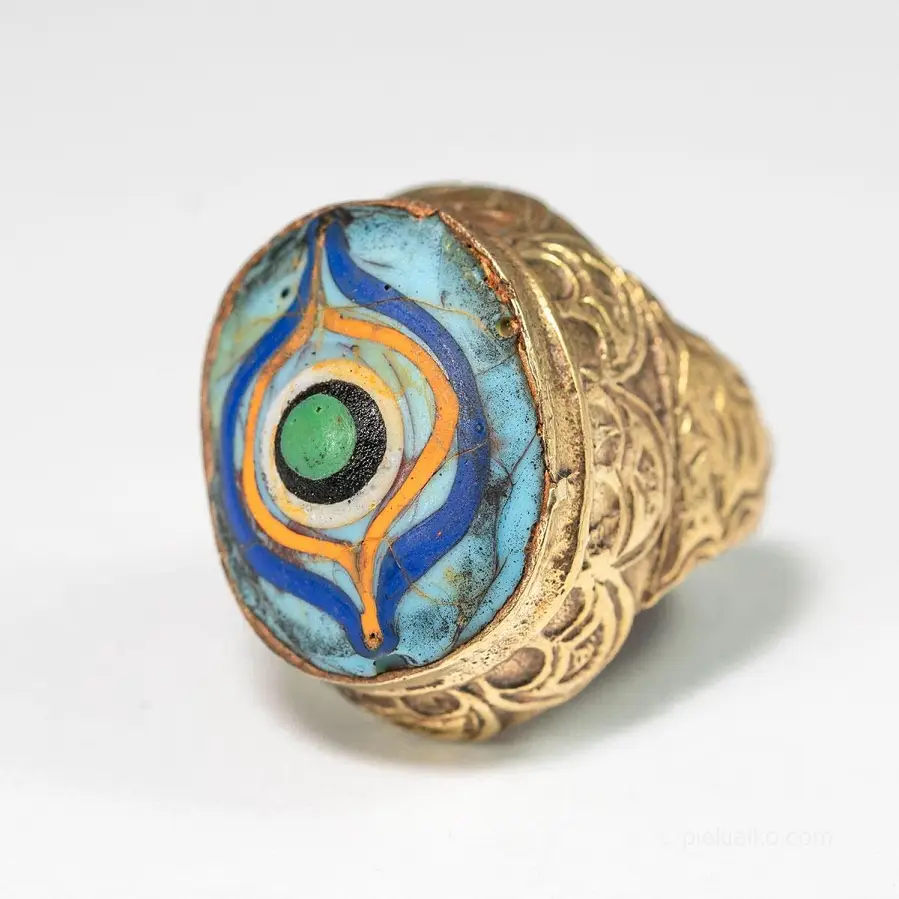
Artistic gabri glass ring
98,0093,10 -
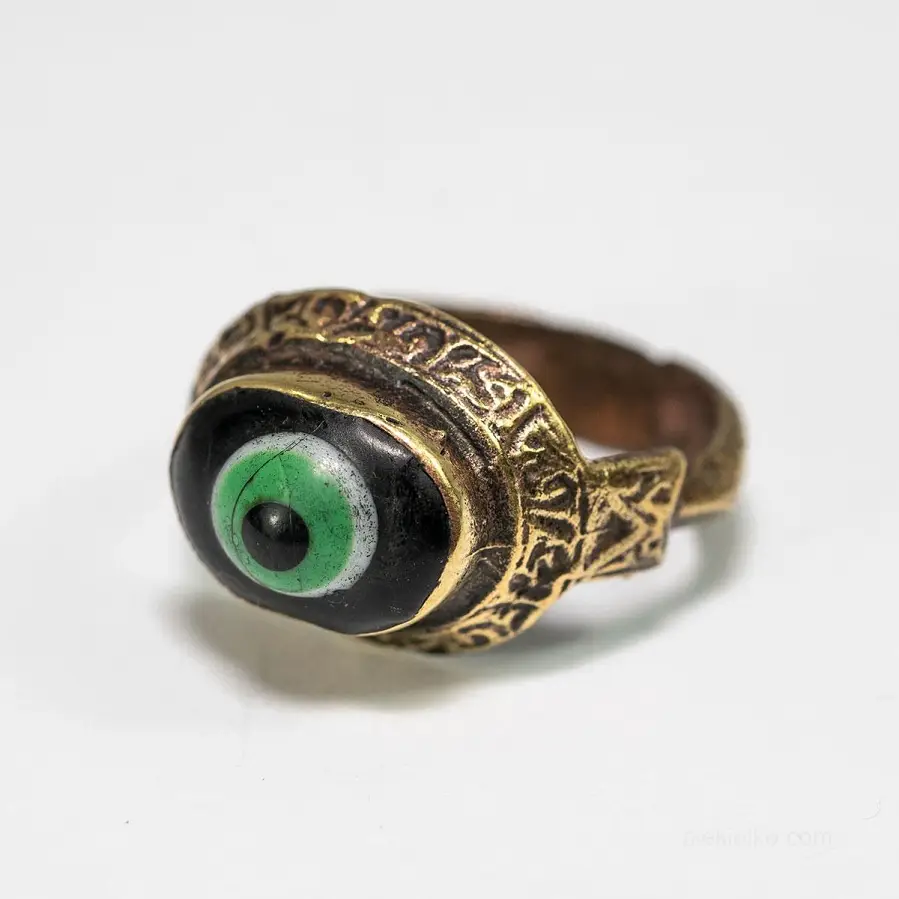
Gabri glass ring
98,0093,10 -
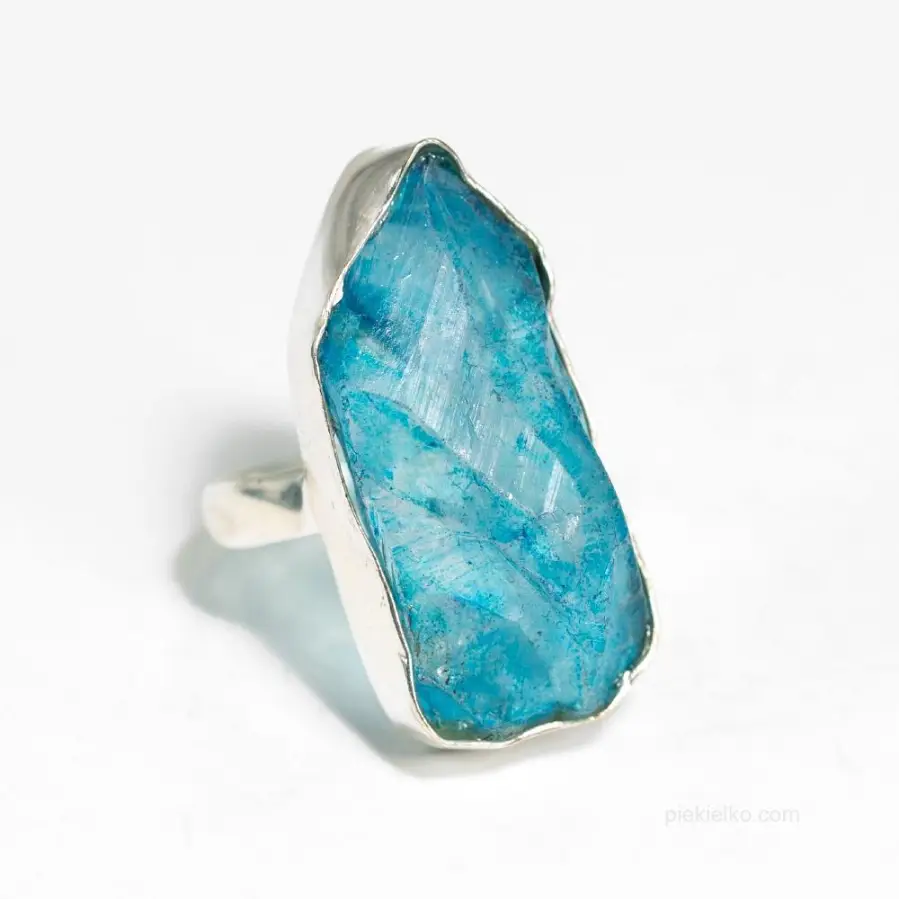
Blue crystal ring
125,0071,25 -
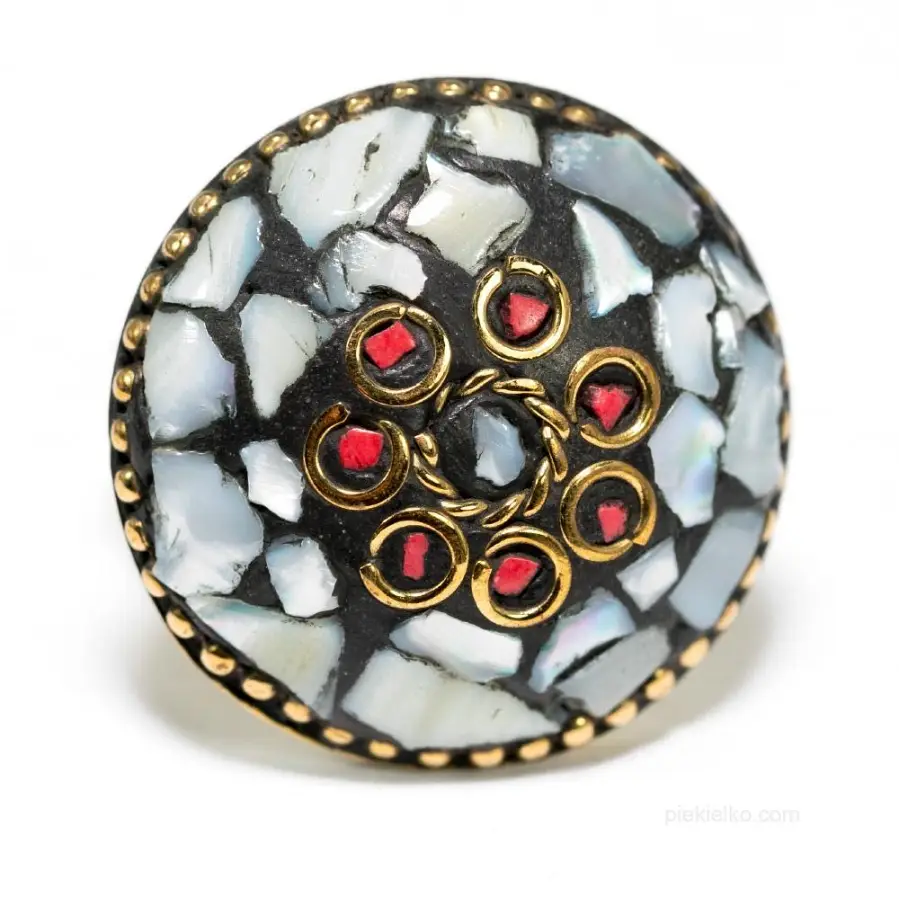
Ethnic moonstone ring
176,00167,20 -
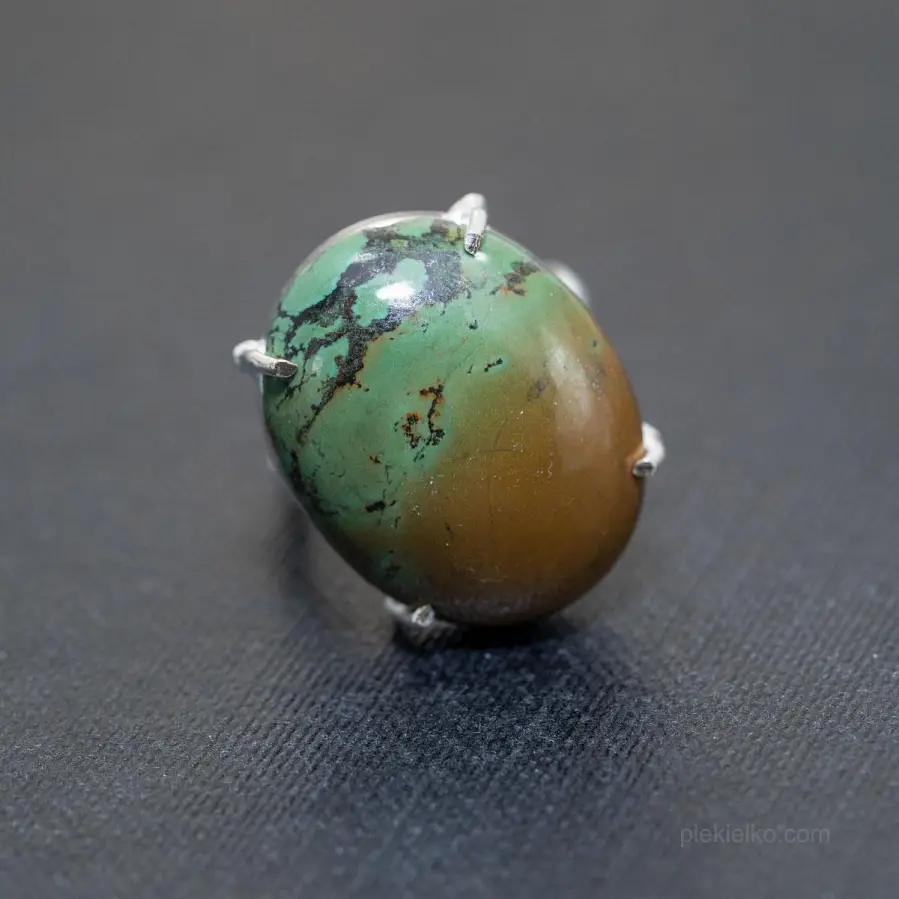
Ring with natural turquoise
152,0086,64 -

Ring with Tibetan turquoise
155,0088,35 -

Pakistani ring with stone
61,0057,95 -

Moonstone ring
168,00159,60 -
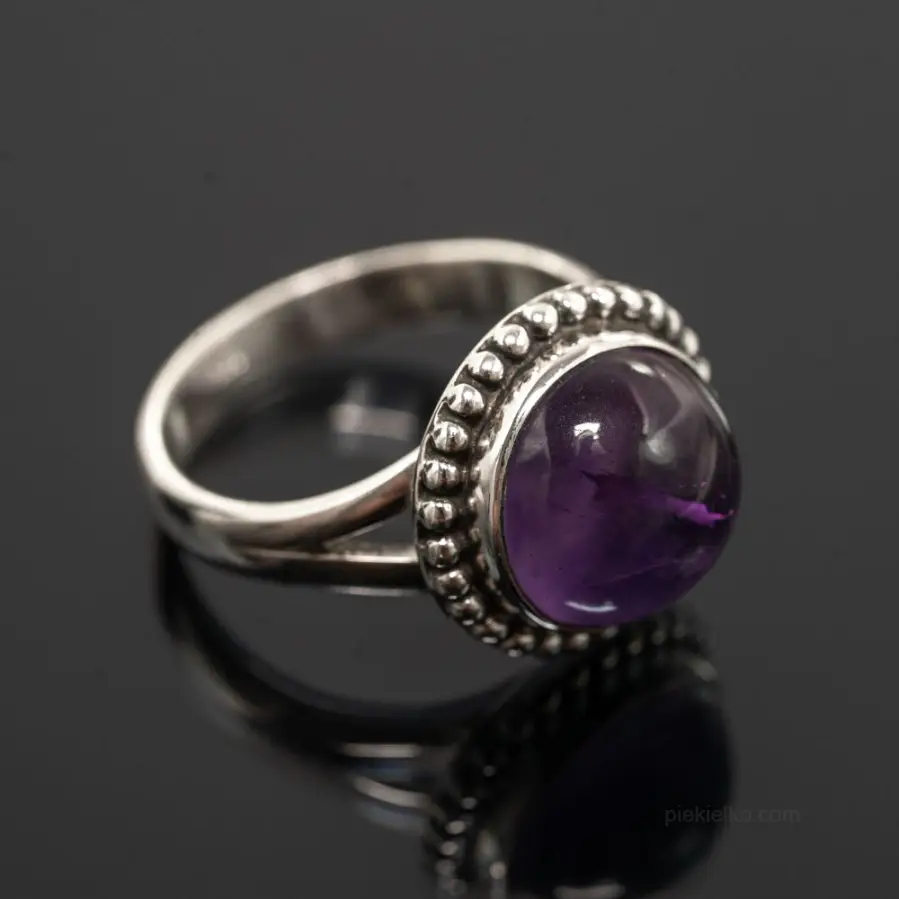
Silver ring with amethyst
290,00261,73 -

Handmade green agate ring
186,00106,02



© Piekielko.com

